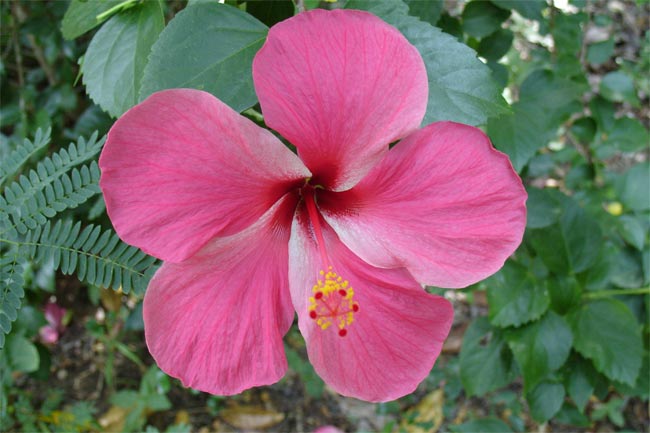In the Dark, Plants Prepare for Light

Every grade-schooler knows that plants need light to grow, but just how plants respond to light is a deceptively complex process that has long puzzled scientists.
A new study sheds light on this enigma by showing that plants actually get ready to respond to light (by growing, flowering or straining toward the light) while it’s still dark.
The study "has significantly advanced our understanding of how plant responses to light are regulated, and perhaps even how such responses evolved," said Michael Mishkind, a program director at the National Science Foundation, which funded the research. It is detailed in the Nov. 23 issue of the journal Science.
Researchers studied Arabidopsis, a small flowering plant commonly used in experiments, to tease apart the molecular mechanism the plant uses to respond to light. They found that while it is still dark, the plant produces and stockpiles a pair of closely related proteins (known as FHY3 and FAR1) that in turn increase production of another pair of proteins (known as FHY1 and FHL), key components of the light response mechanism.
The plant probably stockpiles these proteins while it is still dark for the same reason a traveler might fill up his gas tank the night before a morning journey—so that it can get going at first light, said research team member Haiyang Wang of the Boyce Thompson Institute for Plant Research in Ithaca, NY.
As light shines on the plant, light-sensing pigment proteins, known as phytochrome A, are activated and bind to FHY1 and FHL. This binding allows the phytochrome A to accumulate in the nuclei of the plant's cells, where it changes the activity of genes that govern plant growth and development.
These changes in gene expression cause the plant to grow and flower.
Sign up for the Live Science daily newsletter now
Get the world’s most fascinating discoveries delivered straight to your inbox.
Additionally, the study found that the FHY3 and FAR1 proteins may have evolved from so-called "jumping gene" material, meaning that the genes can move positions in the cell's genetic code. If they did evolve from jumping genes, their advent would be an important point in evolution that is responsible for the existence of flowering plants, Wang said.
- Top 10 Poisonous Plants
- Video: How a Parasitic Plant Strangles its Host
- How Flowers Know Spring Has Sprung

Andrea Thompson is an associate editor at Scientific American, where she covers sustainability, energy and the environment. Prior to that, she was a senior writer covering climate science at Climate Central and a reporter and editor at Live Science, where she primarily covered Earth science and the environment. She holds a graduate degree in science health and environmental reporting from New York University, as well as a bachelor of science and and masters of science in atmospheric chemistry from the Georgia Institute of Technology.









